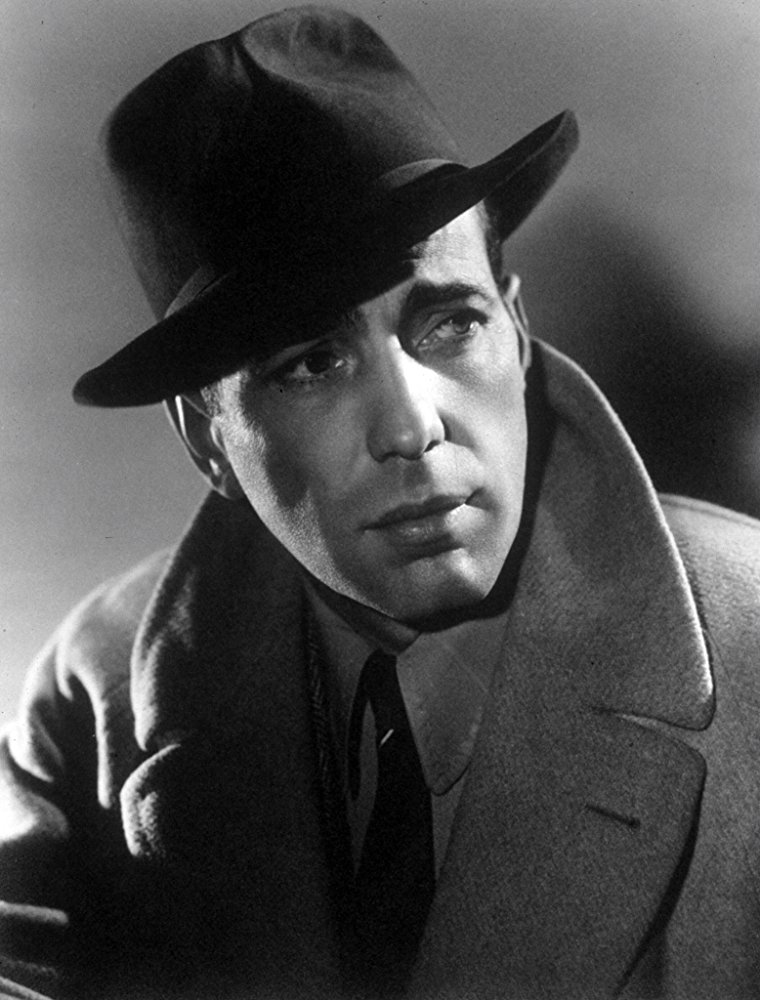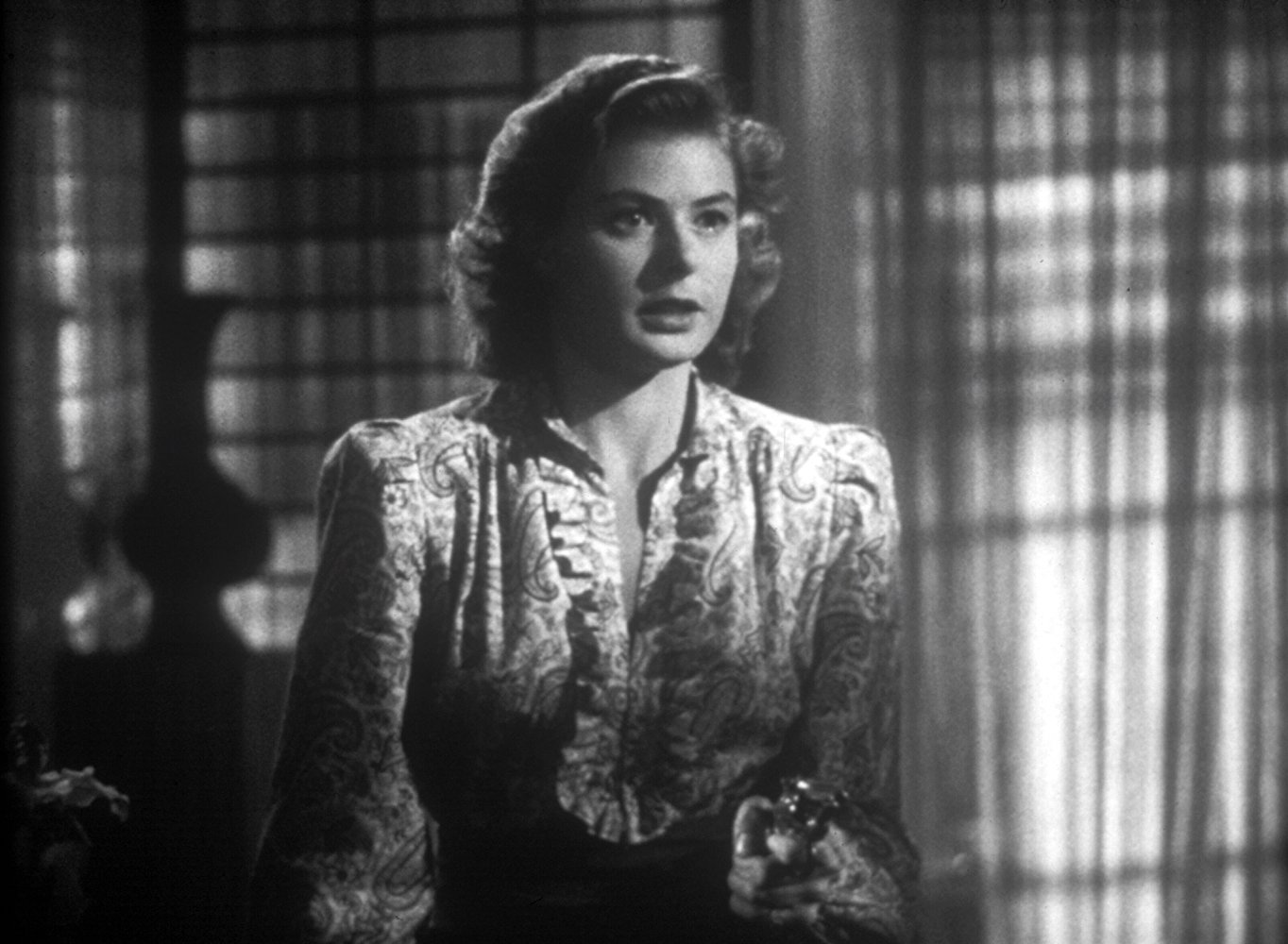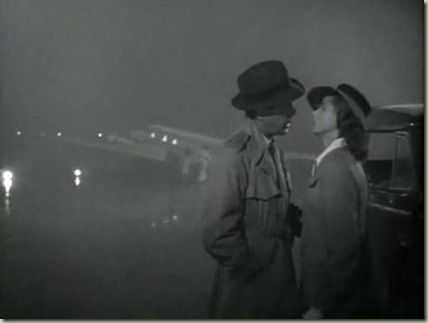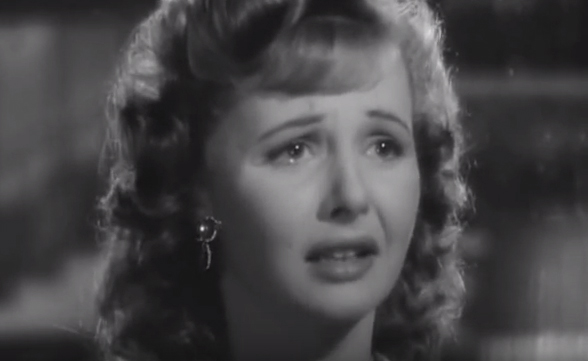The 75-year-old film had a rollercoaster ride of a beginning, including a cast that barely spoke with each other off set.
Lenten Campaign 2025
This content is free of charge, as are all our articles.
Support us with a donation that is tax-deductible and enable us to continue to reach millions of readers.
“We weren’t making art,” Julius Koch once said of Casablanca. “We were making a living.”
So said pretty much everyone connected with the beloved film, which was first seen by the public on Nov. 26, 1942 — 75 years ago tomorrow. (It wasn’t officially released until the following January.) This most memorable of American pictures was expected to be about as lasting as a common mayfly, just one of dozens of films produced by Warner Bros. that year.
By all rights, in fact, Casablanca should have been a flop.
First, the writing. Casablanca was based on Everybody Comes to Rick’s, an unproduced play by Murray Burnett and Joan Alison. Warner Bros. eventually bought the rights for $20,000 — a record for an unproduced play at the time.
Regret set in shortly after. Famed screenwriter Robert Buckner read the play and wrote a memo to producer Hal Wallis. “I do not like the play at all, Hal,” he said. The story was unbelievable, the characters were lame, the principals were “completely censorious” and the play’s climax was “sheer hokum.”
Clearly, Everybody Comes to Rick’s needed more work before it could be tossed on screen: Warner Bros. first brought in twins Julius and Philip Epstein, who promptly left after a month to work on another movie. Howard Koch was next in line, but then the Epsteins returned. All three continued to work, but not together. Indeed, the Epsteins and Koch never worked on the script in the same room at the same time.
And those were only the writers who received credit in the film. Others reportedly had uncredited input: “Warner had 75 writers under contract, and 75 of them tried to figure out an ending!” Julius told Hollywood Hotline in 1995.

Meanwhile, Wallis set up Casablanca’s cast. Humphrey Bogart was picked as Rick Blaine, the movie’s gruff-and-cynical romantic lead. Some might’ve questioned the choice, given that Bogart had mostly played unromantic gangsters in previous films. (Rumors that Ronald Reagan was ever seriously considered for the role is, according to Snopes, “pure hokum.”)

The female lead — “Lois Meredith” early on — was trickier to cast. Wallis initially wanted Ann Sheridan to play Rick’s love interest. When it was decided shortly thereafter to make the female lead European, Wallis hoped to snag Hedy Lamarr. Alas, Ms. Lamarr, then billed “the most beautiful woman in the world,” was under contract with MGM, and the studio wouldn’t loan her out. Swedish actress Ingrid Bergman was Wallis’ third choice. At best.
Not that she, Bogart, or third lead Paul Henreid (who played heroic freedom fighter and Ilsa’s other love interest) wanted to be in the movie at all: According to Charlotte Chandler, who wrote the Bergman biography Ingrid, Bergman and Bogart had a get-to-know-each-other lunch before the film began. “Ingrid remembered that the only subject they found in common was how much they both wanted to get out of Casablanca.”
Things didn’t get better once the film got rolling. Noah Isenberg, film historian and author of We’ll Always Have Casablanca, told Britain’s Express that Bogart’s marriage to actress Mayo Methot was on the rocks at the time, and he drank heavily both on and off the set. He turned down Bergman’s frequent dinner invitations in order to play chess by himself in his trailer. Even when the two were on set, Bogart would often ignore Bergman until the cameras flipped on.
Also awkward: The 5-foot-8 Bogart was an inch shorter than Bergman. When the two sat on a couch together on film, Bogie sat on an extra cushion.
Not that they necessarily had anything to say to each other even in front of the cameras. The script was still unfinished when they started rolling. And it wasn’t just little things the screenwriters were working on. That pesky ending was still giving the writers fits. Bergman didn’t even know which man — Rick or Victor — she was going to end up with. As Koch told Hollywood Hotline, “Ingrid Bergman came to me and said, ‘Which man should I love more …?’ I said to her, ‘I don’t know, play them both evenly.'”

The final iconic scene was filmed on a soundstage in front of a small cardboard plane, with little people serving as extras to make the scale look convincing. All the fog was intended to obscure the prop’s obvious deficiencies. And even then the script wasn’t completely finalized. According to the movie’s DVD extras, the movie’s final line — “Louis, I think this is the beginning of a beautiful friendship” — was dubbed in a month after filming had been completed.
And yet for all that, Casablanca turned out to be a cinematic masterpiece. Bogart became a bona fide leading man. Bergman turned into a superstar. It won three Oscars, including one for Best Picture and another for the screenplay, and its reputation has only grown over time.
Why? What makes it so great?
It begins with that pesky screenplay, now ranked by the Writers Guild of America as the best of all time. For all the writers working on the thing, it somehow fused into a seamless whole.
That script helped bring out Bogart’s smoldering, wounded intensity and Bergman’s effortless grace, too — characteristics perhaps overlooked in their previous efforts but would become their hallmarks as (ahem) time went by.
And then there was the undeniable cultural relevance of it all. It was rushed into theaters to capitalize on a bit of free publicity — the Allied invasion of North Africa in World War II.

Perhaps the movie’s most memorable scene is that of the dueling anthems — when an impromptu German rendition of “Die Wacht am Rhein” is swept away by the passionate French anthem of “La Marseillaise,” and some singers have tears streaming down their faces. Writes Isenberg in his book: “The American-born actor Dan Seymour who played the doorman Abdul at Rick’s, noticed streams of tears flowing from the eyes of his fellow actors – most prominently, Madeleine Lebeau… during the singing of the ‘Marseillaise.’ ‘I suddenly realized,’ he recalled many years later, ‘that they were all real refugees.’”
But pinpointing Casablanca’s power, even today, is difficult. Perhaps it was just a product of Hollywood magic so often talked about but so little seen: Everything just came together.
And perhaps we can take home a lesson from Casablanca ourselves.
Rarely do things go according to plan in our own lives. We’re perhaps especially aware of this truth now, just after Thanksgiving and as we look ahead to Christmas. We can feel harried. Disorganized. Uncomfortable with where we are, and disenchanted about where it seems like things are going.
But you know what? We are not in control. And sometimes those messes all around us — the messes that we might even unintentionally cause — have greater purpose than we can see. Sometimes, those messes can lead to something great.

Read more:
6 Classic movies every fashion lover should see
Read more:
“Hell or High Water”: A soulful instant classic of a movie








